Based on previous work making Lozen Shields for the Apache Stronghold in Washington D.C., I was asked by native nonprofits to create a shield to represent Indigenous People globally for COP21 in Paris. This was the second global mass mobilization art campaign I’ve worked on. The first was The People’s Climate March in New York in 2014.
The parameters of this project were to collaboratively create a shield to represent the Indigenous People around the world. The sketches I created incorporated The Tree of Life concept with a complex cultural global root structure branching through different continents. The eyes of our ancestors were also represented which look to protect the future generations who are at the heart of any Indigenous Movement.
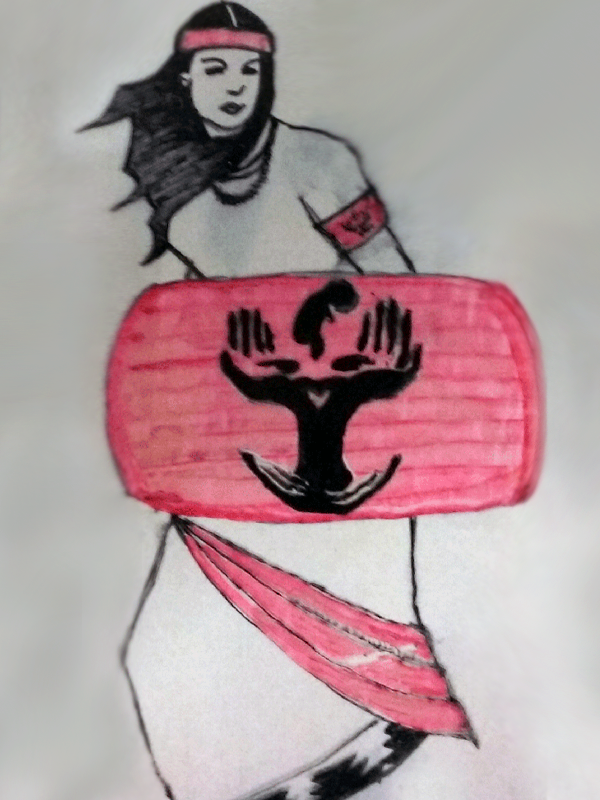
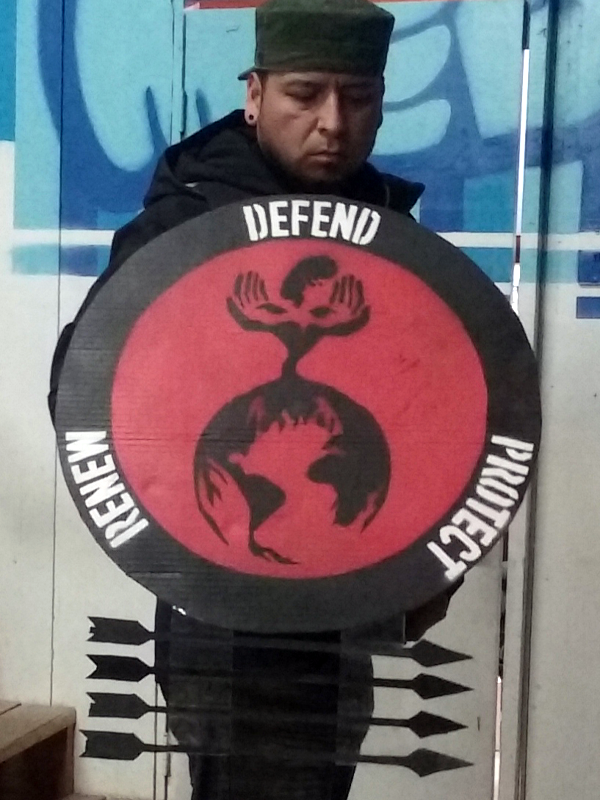
COP21 Indigenous Shield Sketches and Prototype
This design was supposed to be for all Indigenous people and organizations to use at COP21 and beyond. However, this was not the intention of the Indigenous Environmental Network who branded the design for themselves unbeknownst to myself and others like the Earth Guardians.
We would be engaging in direct actions at Parisian colonial religious sites so I created our own stoles with the multi-language messaging of, “Defend, Protect and Renew” stenciled upon them. This three-word messaging style would go on to be boringly regurgitated in future native campaign messaging.

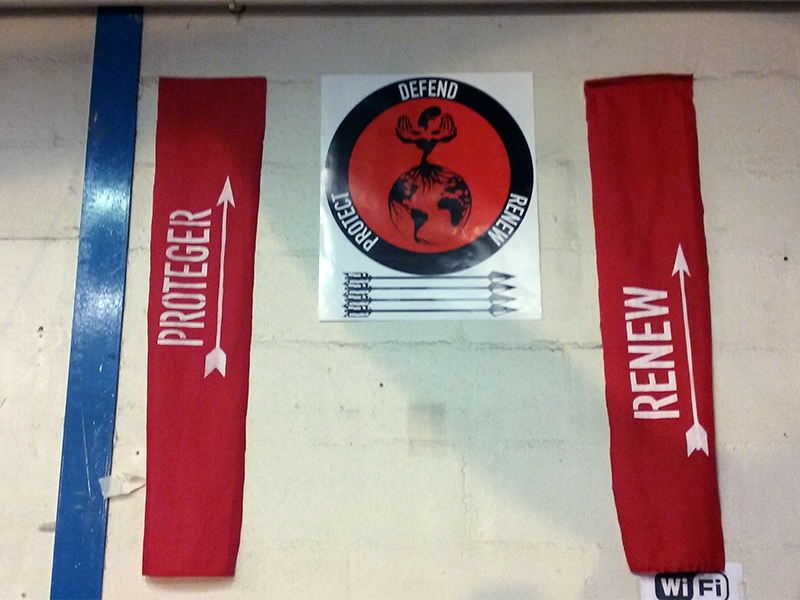
During the lead-up to Paris, there were many organizing and shield design refinement calls with IEN and IP3. It was agreed upon to use a large “slush fund” these nonprofits acquired to pay for my work and travel. Thinking these were trusted national organizations, upon their request, I submitted instructions to re-create my shields before securing my bag and travel to Paris. Shortly after sending the necessary information, their slush fund “dried up”. This entire experience with native nonprofits would reinforce the saying, all skin folk, ain’t kinfolk.
I managed to find my own way to Paris and arrived at the artspace unfazed by jetlag and began creating right away. Not having anywhere to stay, stacked cardboard in a cold wet basement below the art space at Jardin D’Alice became my bed until making a few local English-speaking friends. Many thanks to those Parisians. Artists from reservations are used to creating under extreme conditions. What can’t be prepared for is being caught up in the lateral oppression and outright narcissism these events provide gate-keeping nonprofits and their good ol’ boys network.
Had it not been for a couple of Indigenous Artists that showed up in Paris, the entirety of Indigenous art for this global gathering would have been made by white artists from white NGOs. These mobilizations are full of watered-down taglines like 350.org’s “Keep It In The Ground” which was already being endlessly droned to Indigenous grassroots attendees to use in front of the cameras.
This hierarchical racist dynamic became contentious when white NGO contractors thought their input should supersede the knowledge of native artists creating for their own people. Native nonprofits would of course side with the white organizations that fund them.

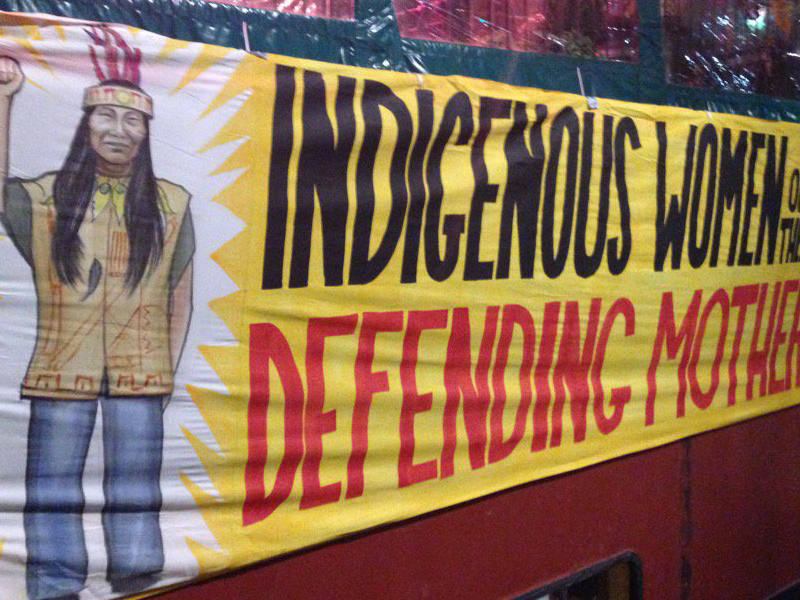
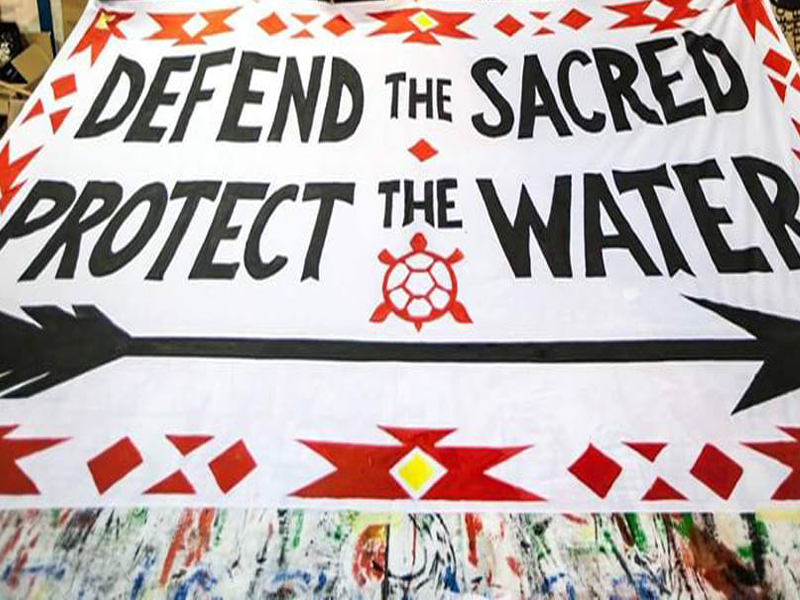
Racism was definitely present when it was decided by large NGOs like 350.org that the COP21 in France should be themed “Redlines“. This campaign obviously didn’t include input from people of color here in the US, where most environmental nonprofits are established. Historically, redlines are what destroy developing communities of color in cities across North America. Redlining’s racist forms include blocking access to capital, proper education, government financing for homeownership and redistricting of communities of color for political purposes. Native 501c3s would acquiesce and clumsily attempt to adjust their own native campaigns to accommodate the “Redline” campaign without challenge.
For those that aren’t familiar with COP global gatherings, they consume two valuable resources – huge amounts of fossil fuels and also the time that grassroots waste being away from their struggle at home. However, to nonprofits, this whole extractive process provides a huge branding opportunity for their future funding.
The politicians and CEOs who are targeted by these 501c3s all fly private jets to COP and are always insulated by multiple layers of security so there is never any threat to their power. These targeted individuals only hold office for a few years so making appearances and promises at this annual expo are just a part of a capitalist colonial charade that the nonprofits and personalities participate in together.
Consequences are a major factor that affects challenging power directly at COP. Risking long-term incarceration with the potential of mistreatment in a foreign country that has just been embarrassed isn’t appealing. Therefore these so-called “demonstrations” will be relegated to free speech zones and not risk much more than waving a branded banner in a permitted parade. Also to consider is when frontline communities plead our cases at COP, who enforces the penalties to these corporate polluters and their enablers within our local and national governments?
Flying across the world every year with a huge contingent to clout-chase while doing the bare minimum is not sustainable for the environment and only contributes to greenhouse gasses. No matter how poignant or beautiful a banner is, it’s rare a politician or CEO has ever changed because of it. Indigenous warriors know that we will never banner-drop our way to liberation. The members of the state and corporate polluters we battle daily have addresses to their homes, offices, mining pits, and other fossil fuel locations to pressure here at home, on Turtle Island.
At one of these events, a Sarayaku chief whose tribe battles catastrophic oil pollution daily in Ecuador took the stage in full regalia. Through a translator, he declared to his native nonprofit hosts and the large Indigenous gathering in attendance, “I am tired of coming to these events. All we do is talk. I come to these events and the same people say the same things. My people need me.” He went on to say that his time was better spent at home fighting alongside his people. I never saw this elder again. It wasn’t much later that I too realized that these massive global gatherings are nothing more than an extractive capitalist charade on both sides. Few benefit from being at COP other than those looking to brand themselves or the colonial corporation/nonprofit they represent.
As activists, the experiences we have in different countries and cities differ from the average visitors. During direct actions, seeing well-known landmarks is virtually nonexistent unless those points of interest happen to be the actual target. In Paris, I was kicked out of most attractions from the Eiffel Tower to Notre Dame due to various actions on behalf of Indigenous People.
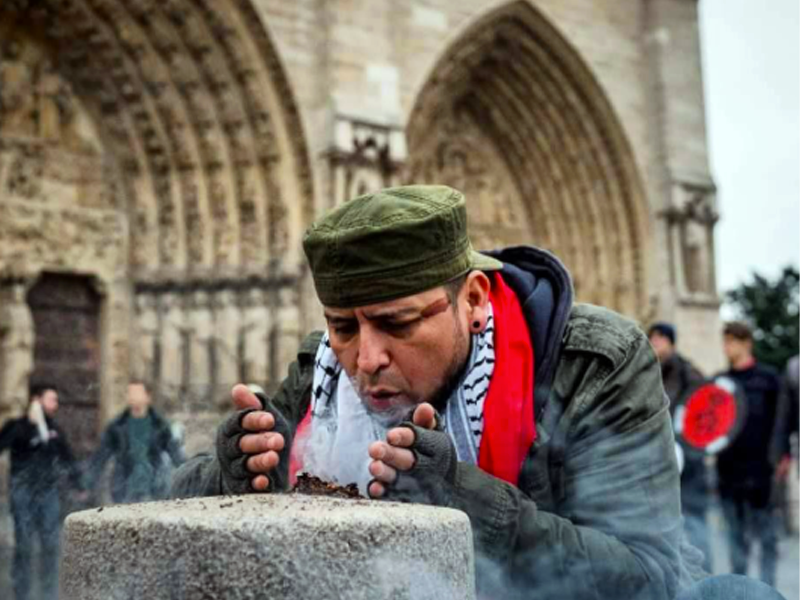
No sleep has ever been lost being banned from these colonial landmarks. However, it isn’t recommended to visit such places with street art supplies because a dozen military men in dark uniforms with assault rifles speaking a different language will surround and detain you making permanent decisions on your behalf.
That being said, I have always preferred exploring off-the-beaten paths anyway. It is only in the alleys and streets where societal change is made, unpermitted. So I made sure to add my own late-night contributions to the collections of Paris.
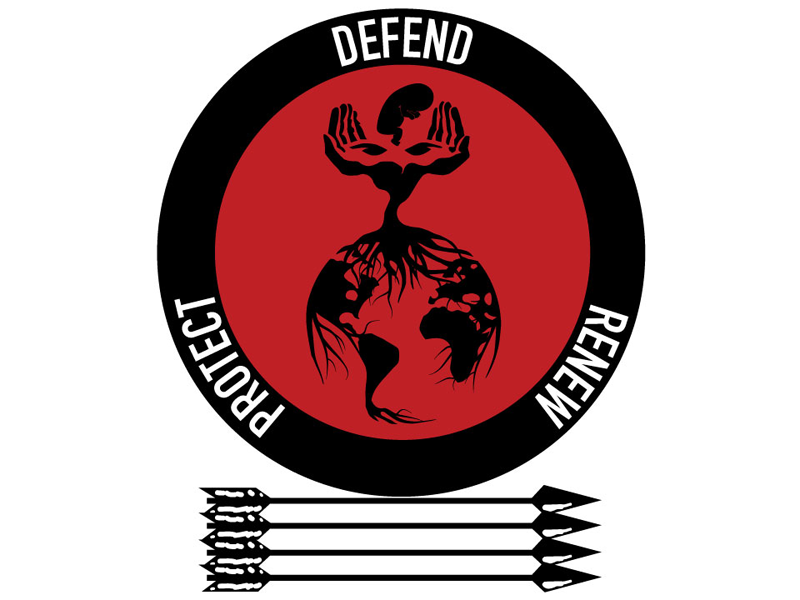
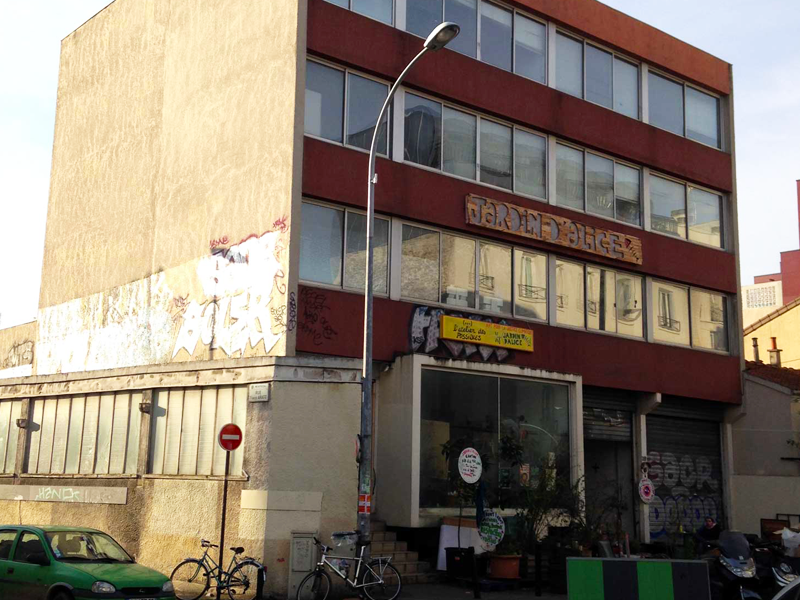





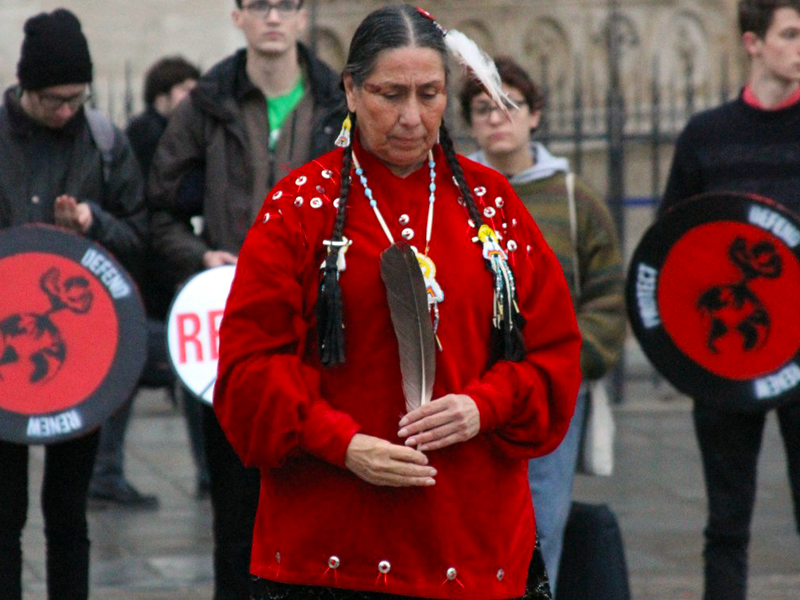
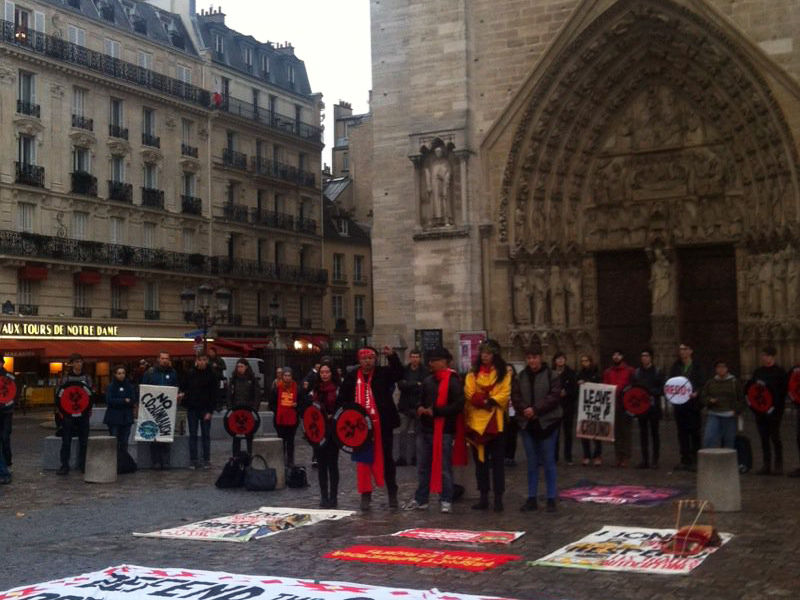
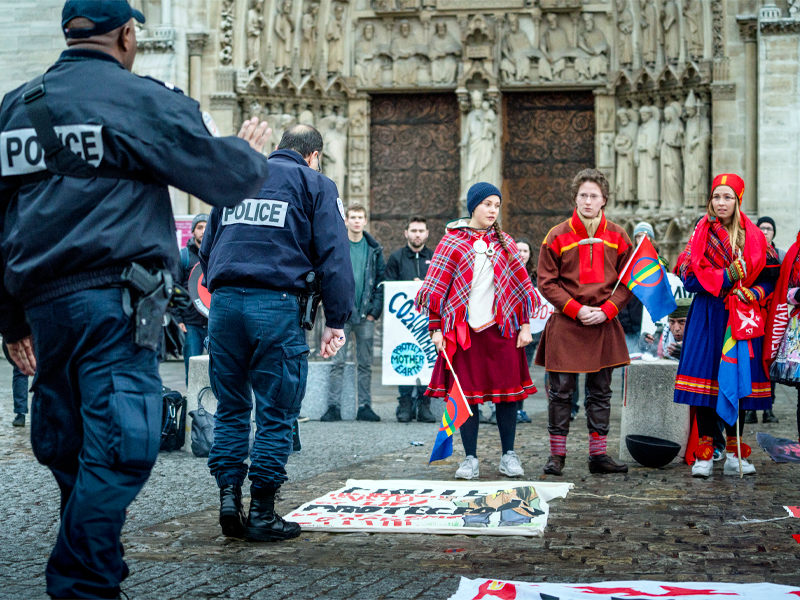
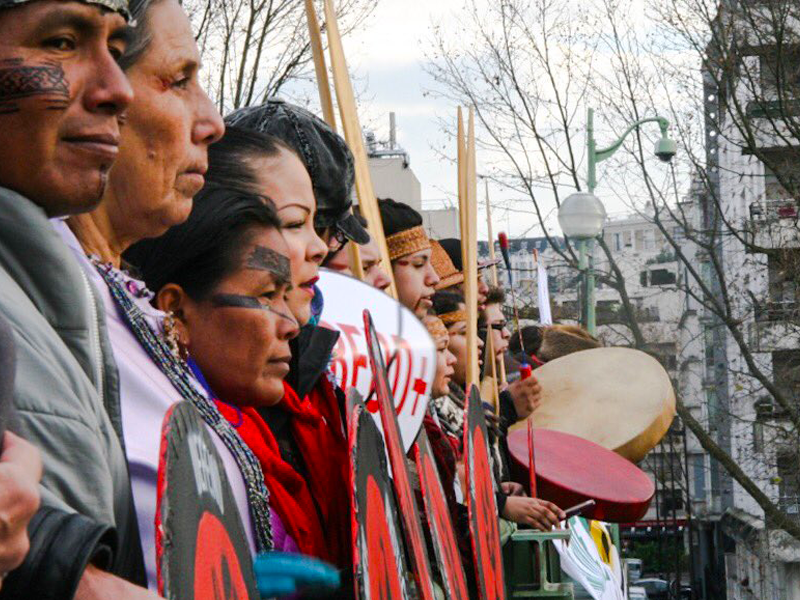
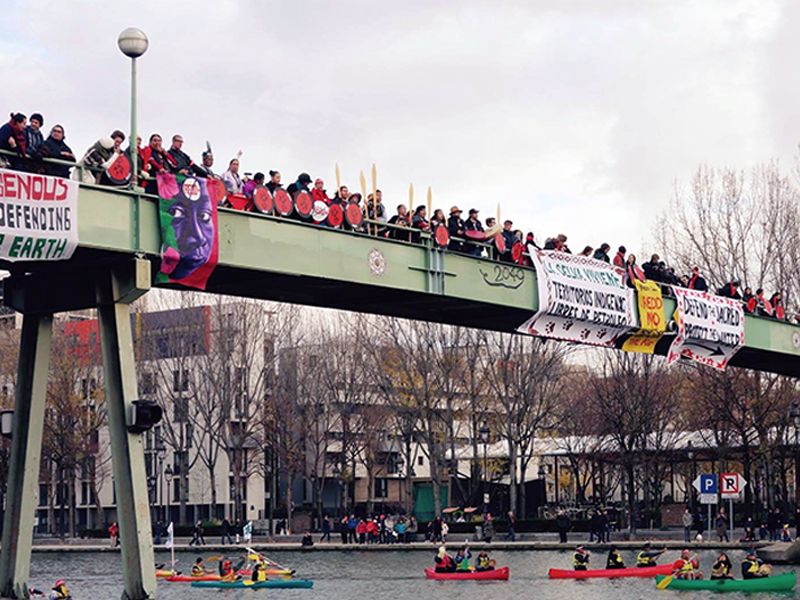
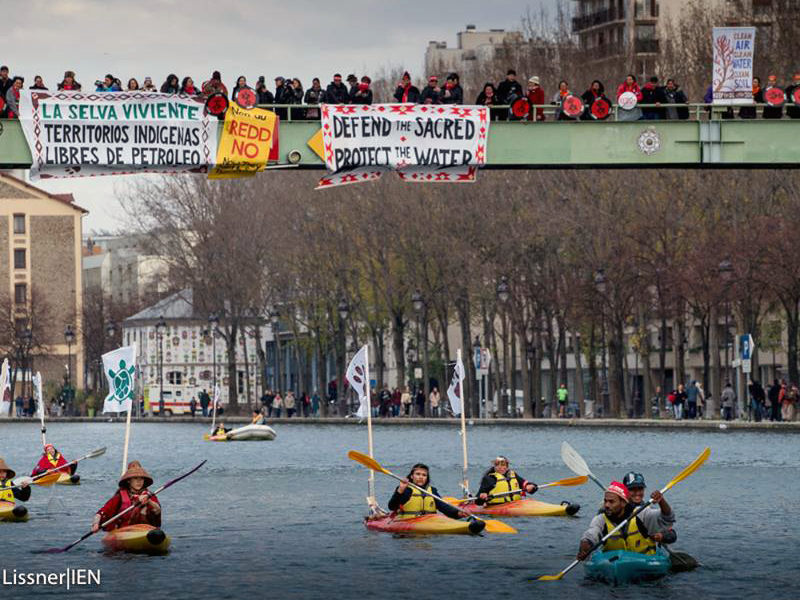
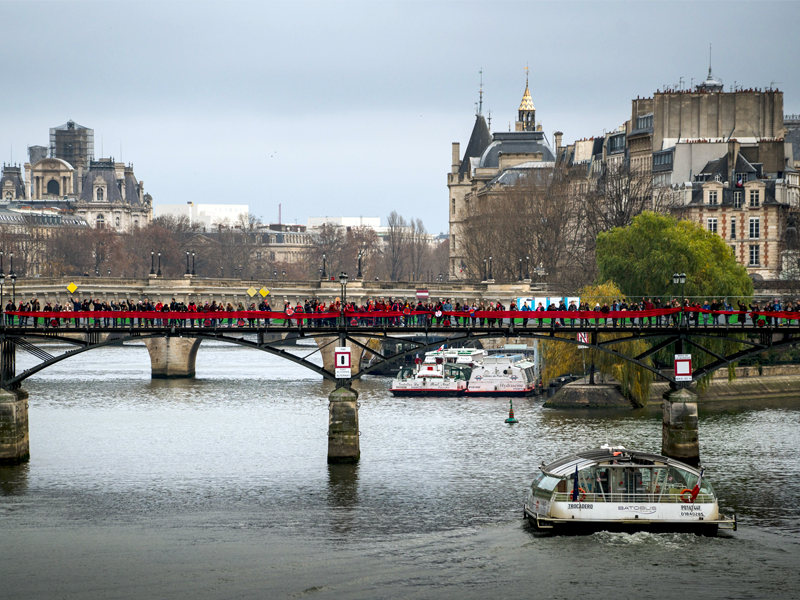
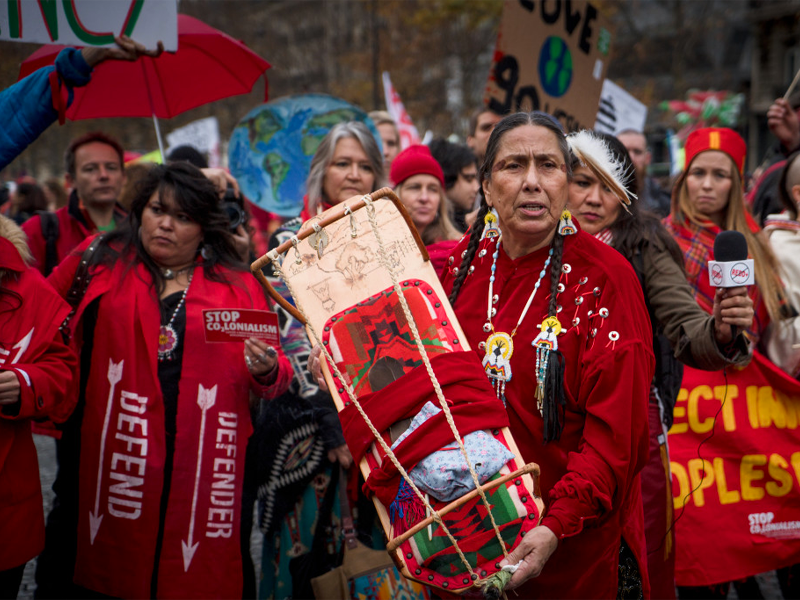
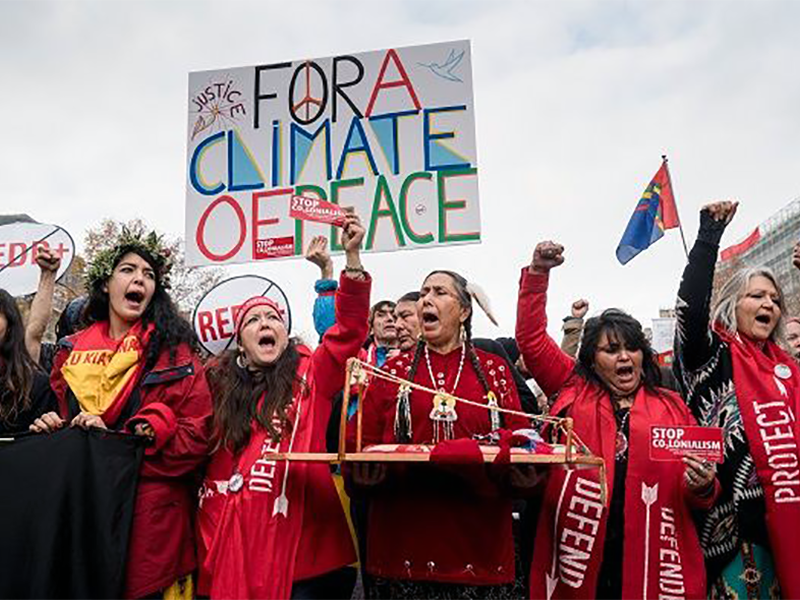
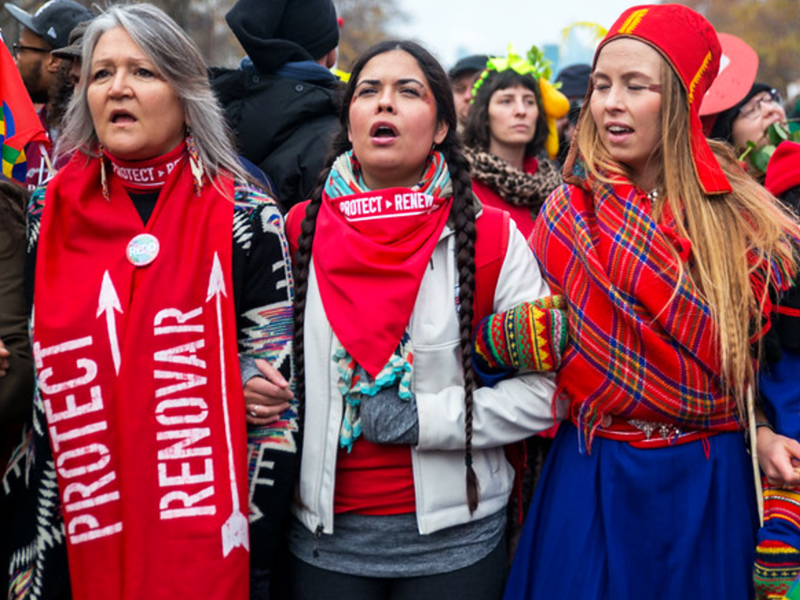
Comments are closed.